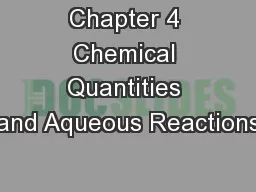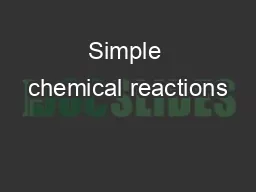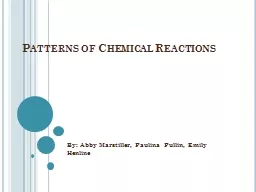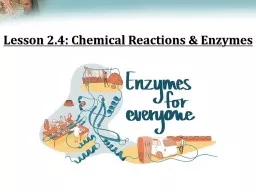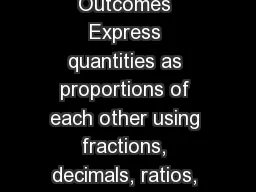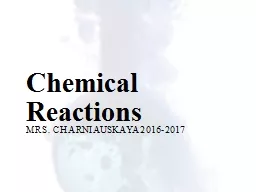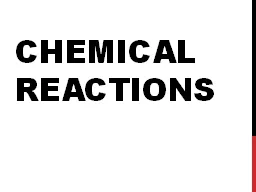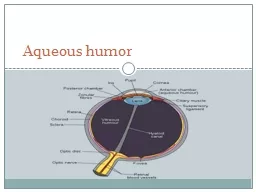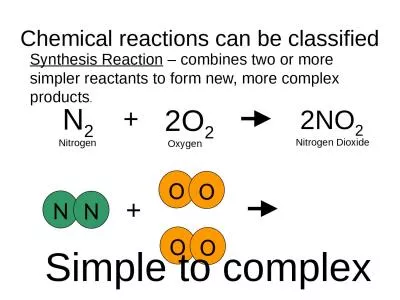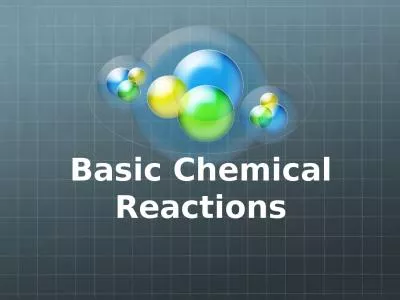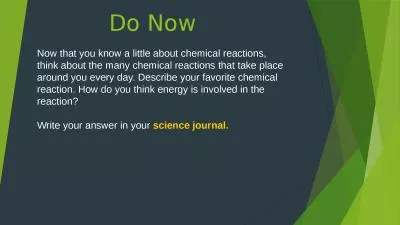PPT-Chapter 4 Chemical Quantities and Aqueous Reactions
Author : phoebe-click | Published Date : 2018-03-06
Roy Kennedy Massachusetts Bay Community College Wellesley Hills MA Chemistry A Molecular Approach 2nd Ed Nivaldo Tro Global Warming Scientists have measured an
Presentation Embed Code
Download Presentation
Download Presentation The PPT/PDF document "Chapter 4 Chemical Quantities and Aqueou..." is the property of its rightful owner. Permission is granted to download and print the materials on this website for personal, non-commercial use only, and to display it on your personal computer provided you do not modify the materials and that you retain all copyright notices contained in the materials. By downloading content from our website, you accept the terms of this agreement.
Chapter 4 Chemical Quantities and Aqueous Reactions: Transcript
Download Rules Of Document
"Chapter 4 Chemical Quantities and Aqueous Reactions"The content belongs to its owner. You may download and print it for personal use, without modification, and keep all copyright notices. By downloading, you agree to these terms.
Related Documents

